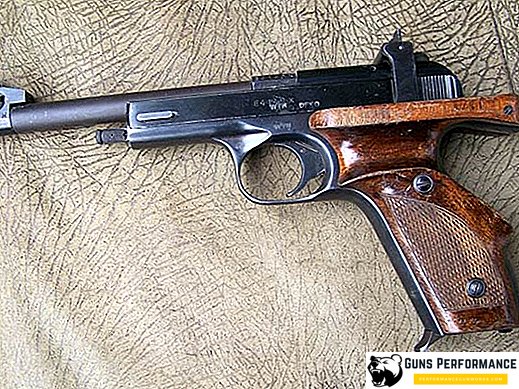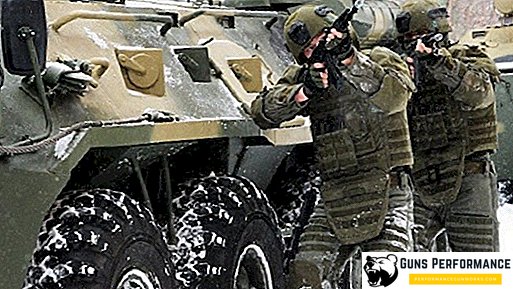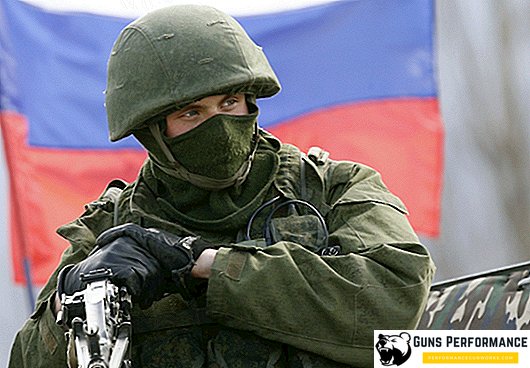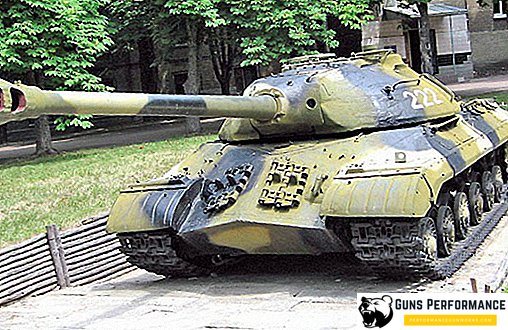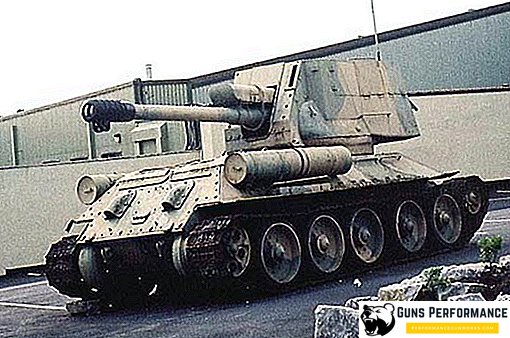Russia is the birthplace of many unique projects, including the surface nuclear fleet. The brightest representative - the nuclear-powered missile cruiser Peter the Great, is by far the most protected and powerful strike ship in the world. It is equally effective for dealing with any types of targets, and it is not by chance that the project of this cruiser was called "Orlan" - a powerful strong bird of prey, depicted, by the way, on the US coat of arms.
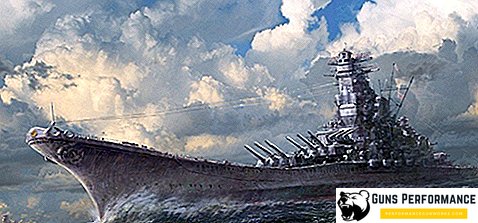
The merits of nuclear ships are obvious - an incomparable advantage in range, speed and, of course, navigation autonomy. These factors forced the Soviet leadership to begin in 1960 research work on the creation of heavy nuclear surface warships. Soon, the first drawings appeared. Nuclear-powered nuclear-powered rocket ships began to be created at TsKB 53, today it is the Northern PKB. The first Orlan was laid; it was later renamed the Kirov heavy missile cruiser in 1973.
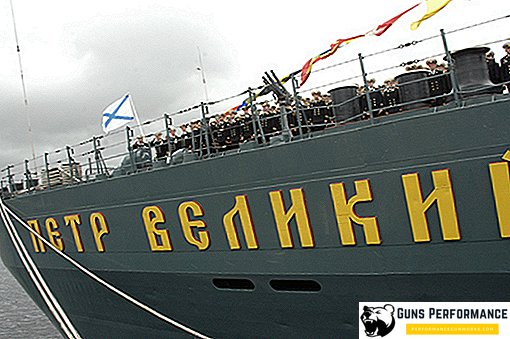
The story of TARKR "Peter the Great"
The main danger for the country at that time were the atomic submarines of the likely enemy. According to the leadership of the country, constant monitoring and surveillance of them, and, if necessary, destruction was only possible by large anti-submarine nuclear ships. When designing, designers had to solve a number of complex tasks. One of them was raised by the commander-in-chief of the Navy, Admiral Gorshkov, who expressed concern that both reactors could fail at once in a long voyage, indicating also that the ship needed a backup power plant.
The solution was found as a result - in addition to the two nuclear reactors of the Orlan cruiser, it was decided to mount two steam boilers, due to which the heavy rocket cruiser got two chimneys, which can be seen by looking at the drawings. The admiral's decision turned out to be far-sighted, as the sailors had to repeatedly make sure of their hikes.
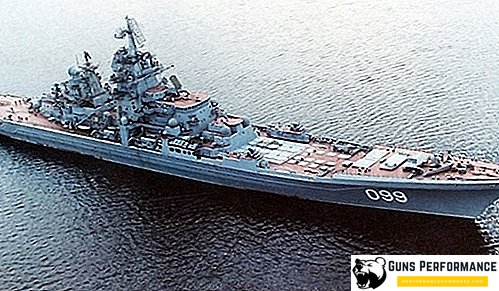
The main strike complex was also decided not immediately. At the beginning, the heavy rocket ship of the Orlan project was planned to be equipped with Malachite subsonic anti-ship missiles. But the armament had weak characteristics - first of all, the small firing range of 120 km did not suit the military, so they decided to deploy much more advanced Bazalt missiles in eight launchers on the sides.
Soon, however, the military industry created the Granit supersonic cruise missiles, which were immediately delivered to nuclear submarines. "Granite" - extremely "smart" anti-ship missile, suitable for the target at low and ultra low altitudes. A flock of such missiles is able to exchange information with each other, independently detect and distribute targets that will be hit.
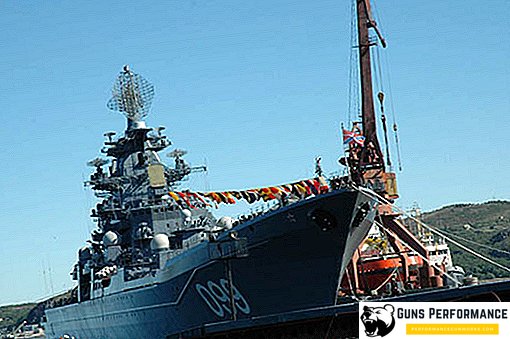
Features shock and defensive weapons cruiser
On submarines "Granit" starts from launchers filled with water. To save time, the heavy atomic-powered ship "Peter the Great" received the same blueprints - the main attack complexes for the first time in the world were located below the deck. Because of this, in order to launch a rocket into the launchers, it was necessary to pump seawater. This, however, took only a few seconds. Twenty missiles can deliver 15 tons of nuclear charges to enemy AUG right away, while knocking down the Granit is an extremely difficult task even for the most modern air defense systems.
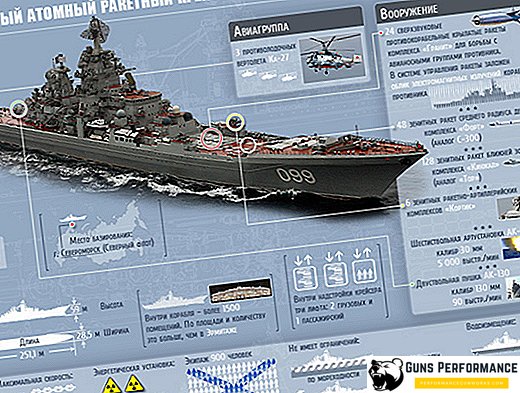
The heavy nuclear cruiser is equipped with a powerful air defense system. The main armament is the Fort complex, developed on the basis of one of the world's best S-300 air defense systems. Drum sets located in the fore and aft parts of the ship could simultaneously fire 12 targets at intervals of 4 seconds. "Peter the Great" as a result of various improvements and upgrades received a lot of other anti-aircraft, anti-submarine and artillery weapons. It is a multifunctional heavy cruiser capable of providing cover for a group of ships from naval and air targets, to detect and destroy submarines, and also to support ground forces in the coastal zone.
The first of the Orlans project 1144, the nuclear-powered missile cruiser Kirov, left the Baltic Shipyard in May 1979. Later, at the same plant another 4 such nuclear-powered ships were laid. The last one was just "Peter the Great", laid down, almost completely built and launched in the USSR as the TARKR "Andropov", and completed and tested in Russia. However, due to the general lack of funding, the ship was practically abandoned for a long time - the birds had already started to build nests on the most convenient superstructures of the nuclear-powered ship. What is not forgotten - so it is about renaming the ship. It was at that time that the atomic aircraft-carrying cruiser was named "Peter the Great". Completion of the ship continued in 1995.
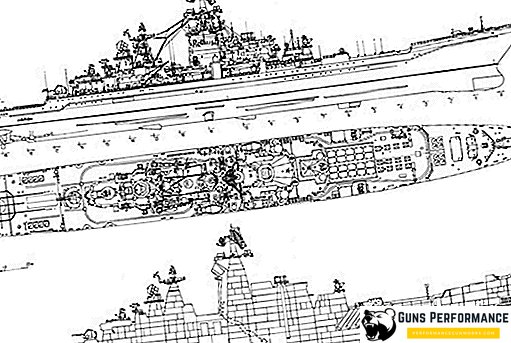
Russian TARKR "Peter the Great" has the following characteristics:
- full displacement of more than 26,000 tons;
- team - 727 people plus flight personnel 18 people;
- the mines of the main strike armament, the KR Granit, are located below deck in the bow of the ship;
- in the aft part there is a helicopter hangar and the main power plant — two fast-neutron reactors of 300 MW each, as well as an auxiliary unit — a pair of oil steam boilers.
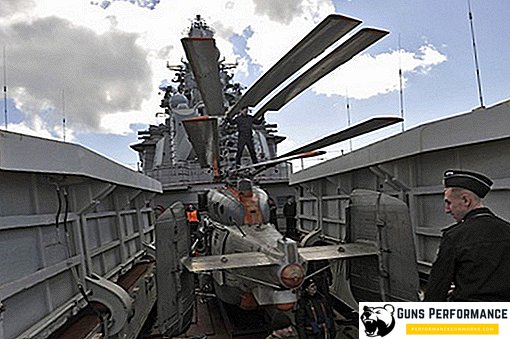
Armament of the cruiser "Peter the Great"
The main armament of the cruiser is 20 supersonic anti-ship missiles P-700 "Granit", developing a speed of 2.5 M and weighing 7 tons each. Capable of hitting targets at a distance of 600 km with a high-explosive warhead weighing 750 kg or a 500-kiloton nuclear charge.
Anti-aircraft systems — the FORT-M bow complex or the S-300 FM with 46 rockets, and one complex with 48 S-300 F. rockets. In addition, there is a Dagger short-range complex - development of the Osa-MA system installed on the early Orlans. The anti-aircraft armament is enhanced by the Kortik anti-aircraft missile and artillery complex, which hit missiles at 8000–1500 m and artillery from 1500 to 500 m.
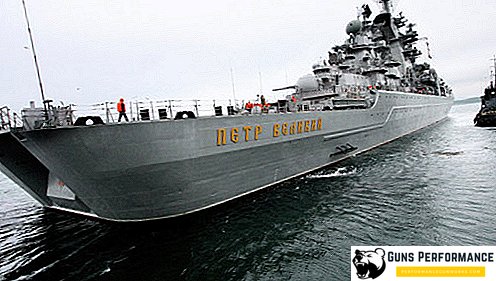
The artillery part of the armament is a double-barreled 130-mm artillery tower set to destroy naval, coastal and air targets. It can operate both in fully automatic mode together with radar and in manual mode. Installation rate - 20-35 shots per minute, range - 22 km. The ship also has a pair of six-barreled 30-mm AK-630AD rapid-fire automatic guns.
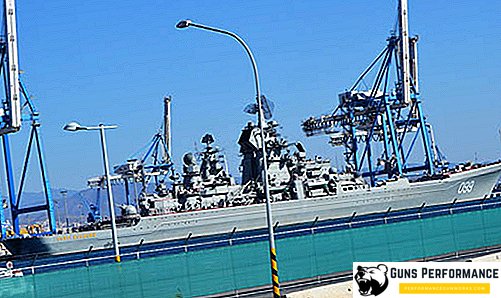
Anti-submarine armament of the Peter the Great Cruiser is a Volgopad-NK system consisting of twenty anti-submarine or torpedo missiles, the Udal-1 system with 40 anti-submarine missiles. Also, this type of weaponry includes the RBU-1000 rocket-bombing installations and three Ka-27PL helicopters equipped with anti-submarine weapons.
In short, the nuclear aircraft carrier Peter the Great is a real beauty and pride of the Russian fleet. This is the most powerful combat unit, the last of the project 1144 "Orlan", and in the XXI century is able to defend the interests of our country anywhere in the world's oceans.


